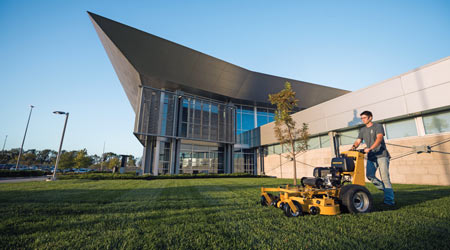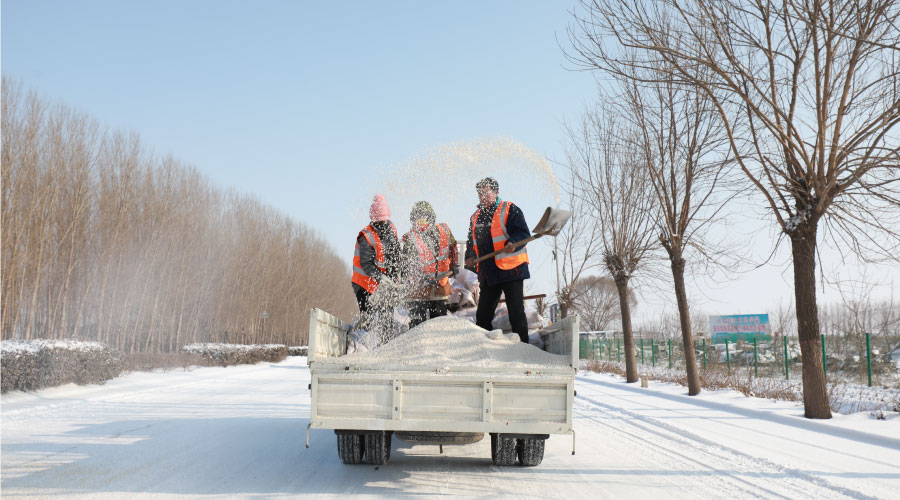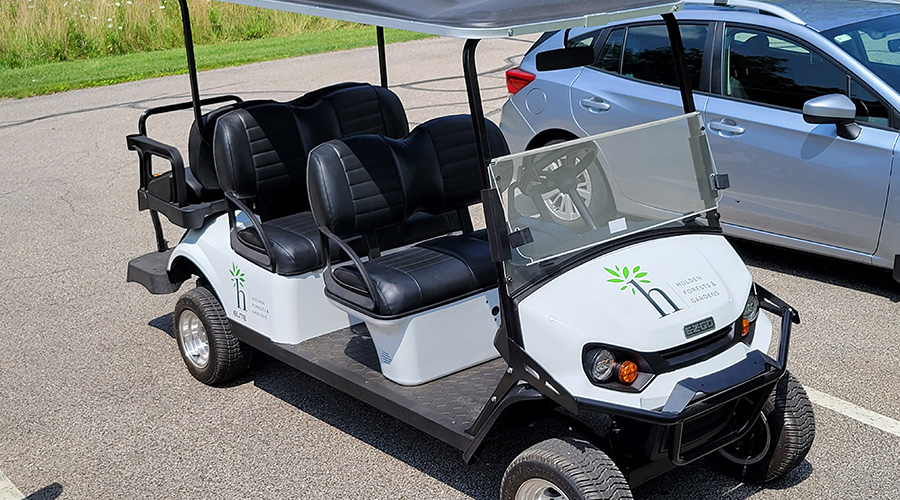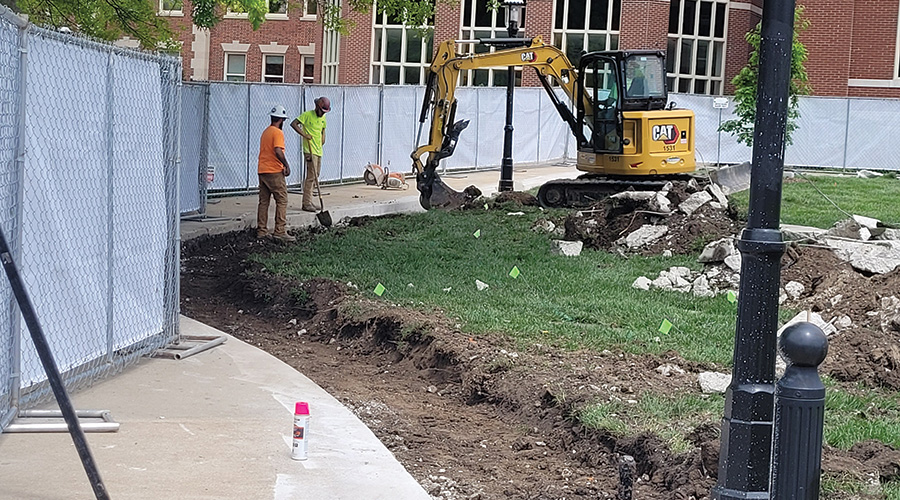 Recent technological advances in commercial mowers related to performance, fuel efficiency, comfort and stronger regulation of air and noise pollution have created a new generation of products.Hustler
Recent technological advances in commercial mowers related to performance, fuel efficiency, comfort and stronger regulation of air and noise pollution have created a new generation of products.HustlerBeyond Cost: Three Key Mower Considerations
Financial issues aside, successful mower specification focuses on applicability, safety and sustainability.
<p>Many grounds managers in the market for a new commercial mower pay close attention to the initial and life-cycle equipment costs, and for good reasons. Institutional and commercial facilities pay close attention to financial resources, and mowers come with the highest price tags among grounds equipment.</p>
<p>But there is much more to making a smart purchasing decision than understanding a mower’s costs. Savvy managers also understand that among the many factors that play a role in the final decision, three factors — reliability, safety and sustainability — will go a long way in determining whether the purchase decision ultimately will meet the department’s long-term needs.</p>
<h3>Addressing needs</h3>
<p>Manufacturers of outdoor power equipment have become more involved in understanding the issues that drive the decision-making process when purchasing landscaping equipment. As a result, recent technological advances in commercial mowing equipment related to performance, fuel efficiency, comfort and stronger regulation of air and noise pollution have created a new generation of products that address issues crucial to managers and their departments.</p>
<p>From flail, front-mount, and riding mowers to stand-on, rear-mount, and wide-area units, managers can choose from a host of mower options. The challenge is matching the variety of available models to address department needs and landscape challenges that include the size of the property, types of terrain, and the number of obstacles, such as trees, bushes, and flower beds.</p>
<p>Small push mowers enable operators to get into small spaces inaccessible to a larger mower. Smaller mowers are lighter weight, easier to maintain and relatively simple to transport. If operators are working on soft ground, a small, light push mower will not sink into the turf and cause damage.</p>
<p>Walk-behind self-propelled mowers are among the most affordable mowers. Convertible-type mowers can bag, mulch or side-discharge grass clippings. Walk-behind mulching mowers are faster, and if crews use them often enough, they can produce great results. The clippings add nutrients to the lawn, so turf does not require fertilization as often.</p>
<p>To get the same results with mulching as with bagging, operators should mow every five to seven days, depending on the amount of water the turf has received and its rate of growth. Most walk-behind mowers are available with cutting widths of 36 , 48 , 52, and 60 inches.</p>
<p>Zero-turn mowers are a popular choice for mowing large properties because they are powerful and fast. The turning radius enables operators to cut close to objects, such as trees and buildings. As a result, crews generally need to do less trimming and mowing with smaller walk-behind mowers, resulting in less labor and lower related costs during peak mowing seasons. Some zero-turn mowers have dual handles for improved steering and maneuverability. Most brands are available in cutting widths of 36, 48, 52, 60 and 72 inches.</p>
<p>A popular choice for flatter landscapes, riding mowers are popular for mowing multiple acres and for jobs where operator fatigue is a concern. In recent years, these mowers increasingly feature more powerful engines, faster speeds and improved cut quality and maneuverability.</p>
<p>Some riding mowers feature engines with up to 30 horsepower (hp) and quality mowing at up to 15 miles per hour. Riding mowers are also available with zero-turning radius, a feature that shortens mowing time and allows operators to produce an appealing finished appearance.</p>
<p>Combined with the zero-turn vehicles, wing-type decks are popular choices for mowing wide-open spaces and tight spots once accessible only with walk-behind or push mowers. Most commercial riding mowers are available in the 18-25 hp range and vary greatly in cost depending on manufacturer, model, engine type, size and other features.</p>
Related Topics:














